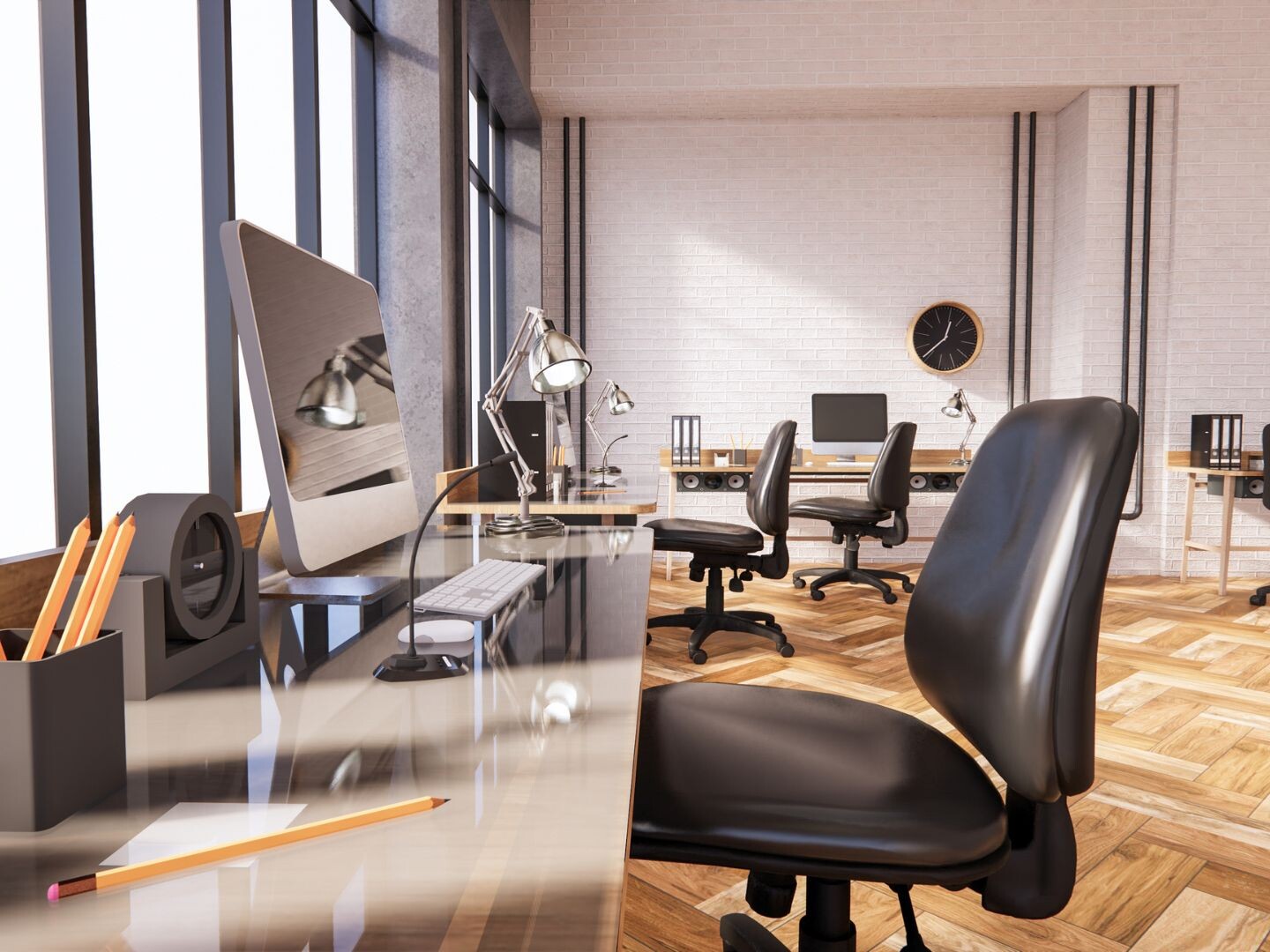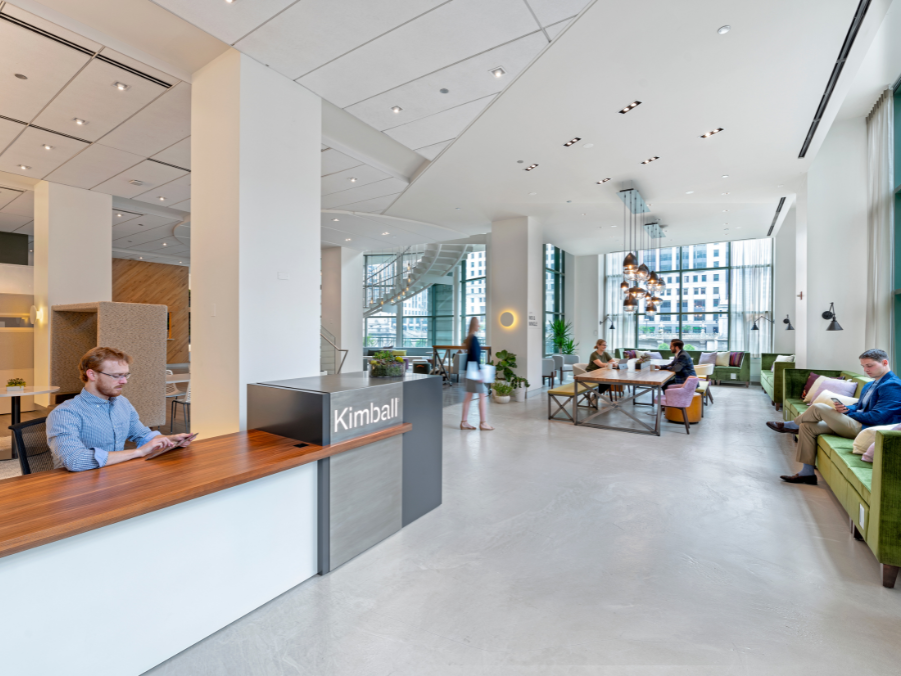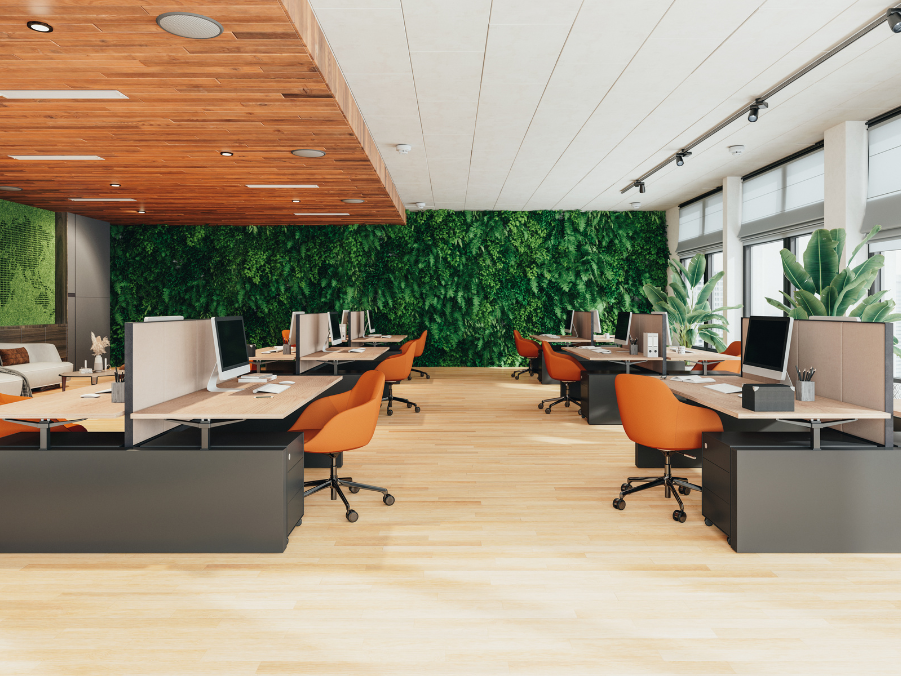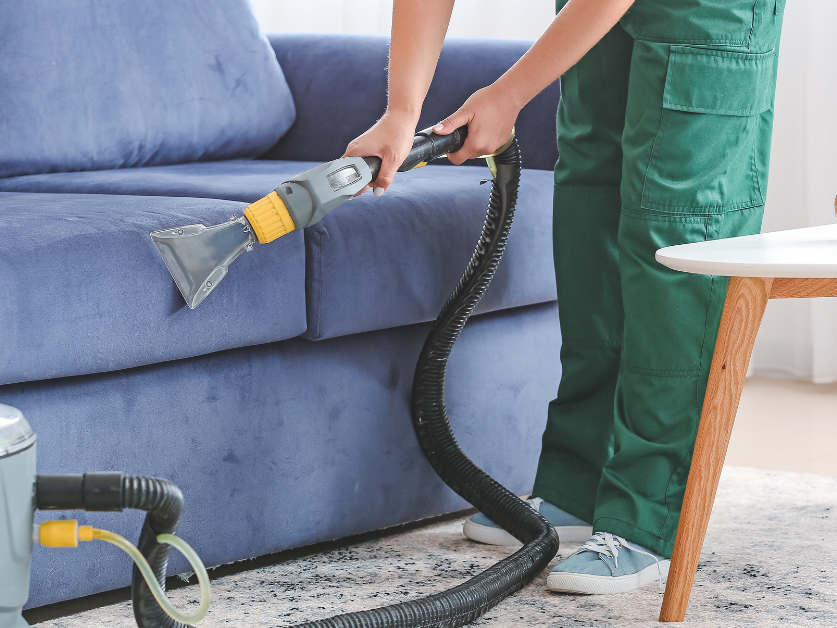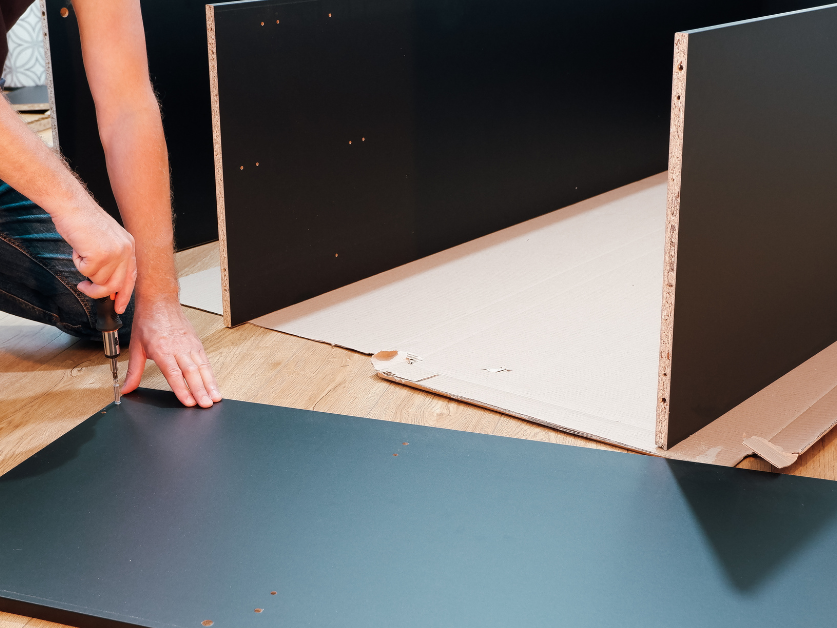“A sedentary life may be injurious,” the Presbyterian minister Job Orton advised in 1797. He went on to say, “It must therefore be your resolute care to keep your body as upright as possible when you read and write; never stoop your head nor bend your breast. To prevent this, you should get a standing desk.”
Even in 1797, ergonomics were important to the office worker, and it seems Job Orton knew what he was talking about. There is much evidence to suggest sit-stand desks are a sound investment. The health benefits are innumerable and backed by many recent scientific studies.
The CDC has found that standing desks (or “sit-stand” desks) reduce upper-back and neck pain, and improve the overall mood of its users. At Smithsonian.com, Joseph Stromberg reported that standing desks reduce the risk of obesity and type-2 diabetes. And a 2012 Australian study found that prolonged sitting increases the risk of death.
Sit-to-stand desks look very similar to standard open-plan desks; that’s about where the similarities end. Each desk is outfitted with a manual or electronic mechanism that raises and lowers the desk. It is very easy to use and can be positioned within seconds. If sit-stand desks for every employee is cost-prohibitive, it is recommended that offices have several desks stationed throughout the space for employees to use throughout the day. If mood, productivity and overall health improve after a period of using sit to stand desks, it may make economical sense to install additional sit-stand desks in the workplace.
We can all agree there are benefits to walking. If weather or time prevent a daily walk outside of the office, sit to stand desks provide very similar benefits. Since many of us spend eight or more hours a day at the office, it makes sense to incorporate healthy habits into the work routine.
Environments has many solutions for sit-stand desking. Please contact one of our furniture specialists for additional details and to test-drive some sit-stand options.

